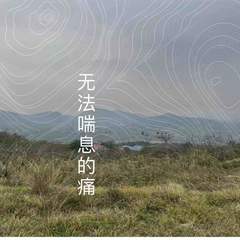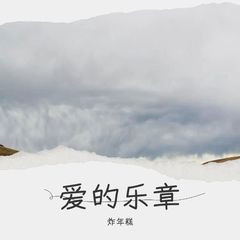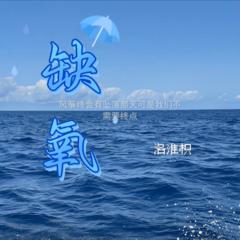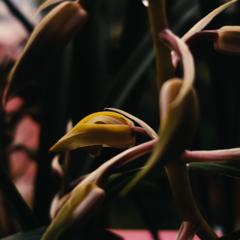Camel
Camel是一支注重旋律的前卫摇滚团体. 他们很好地综合了当时存在的各种乐器(flute, miniMoog, Sequencer…), 这使他们的作品呈现出多层次的声响结构. Andrew Latimer是团中的灵魂人物, 他的吉他和长笛可以算是Camel的招牌. 1973年, 乐队的同名处女作是一张拼凑了各大家风格的仿制品. 从1974年的Mirage开始, 他们开始找到自己的声音, 在1975年的Snow Goose(一张纯器乐概念专辑), 1977年的Rain Dances中, 这种性格化的声音被发挥到极致.by Stephen Thomas ErlewineCamel never achieved the mass popularity of fellow British progressive rock bands like the Alan Parsons Project, but they cultivated a dedicated cult following. Over the course of their career, Camel experienced numerous changes, but throughout the years, Andrew Latimer remained the leader of the band. Formed in 1972 in Surrey, Camel originally consisted of Latimer (guitar, flute, vocals), Andy Ward (drums), Doug Ferguson (bass), and keyboardist Peter Bardens, previously of Them. By the end of 1973, the group signed with MCA and released their eponymous debut. In 1974, the band switched record labels, signing with Deccas Gama subsidiary, and released Mirage. In 1975, Camel released their breakthrough album The Snow Goose, which climbed into the British Top 30. The bands English audience declined with 1976s Moonmadness, but the album was more successful in America, reaching number 118 — the highest chart position the band ever attained in the U.S. Following the release of Moonmadness, Ferguson left the band and was replaced by Richard Sinclair (ex-Caravan); at the same time, the group added saxophonist Mel Collins. Latimer and Bardens conflicted during the recording of 1977s Rain Dances and those tensions would come to a head during the making of 1978s Breathless. After Breathless was completed, Bardens left the band. Before recording their next album, Camel replaced Bardens with two keyboardists — Kit Watkins (Happy the Man) and Jim Schelhaas (Caravan) — and replaced Sinclair with Colin Bass. By the time Camel released their 1979 album, I Can See Your House From Here, rock & roll had been changed by the emergence of punk rock, which resulted in less press coverage for progressive rock, as well as decreased record sales. Camel suffered from this shift in popular taste — I Can See Your House from Here received less attention than any of the bands releases since their debut. Latimer returned to writing concept albums with 1981s Nude. In 1982, drummer Andy Ward was forced to leave the band after suffering a severe hand injury. Camels 1982 album, The Single Factor, was a slicker, more accessible affair than previous Camel records, but it failed to chart. Stationary Traveller (1984) was another concept album.After the release of the 1984 live album, Pressure Points, Camel entered a long period of hibernation that lasted until the early 90s. In 1985, Decca dropped Camel from its roster. Latimer wasnt able to find a new label because he was embroiled in a difficult legal battle with Camels former manager Geoff Jukes; Camel eventually won the lawsuit in the late 80s. Throughout this period, Camel produced no new music. In 1988, Latimer sold his home in England and moved to California, where he founded the independent label Camel Productions. By the time Camel recorded their follow-up to Stationary Traveller in the early 90s, the band was, for most intents and purposes, simply Andrew Latimer and a handful of session musicians. Dust and Dreams (1991) was the first release on Camel Productions. In 1993, PolyGram released a double-disc Camel retrospective, Echoes. In early 1996, Camel released Harbour of Tears.

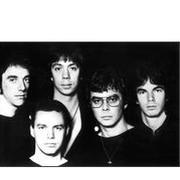
 Arubaluba - Camel
Arubaluba - Camel


